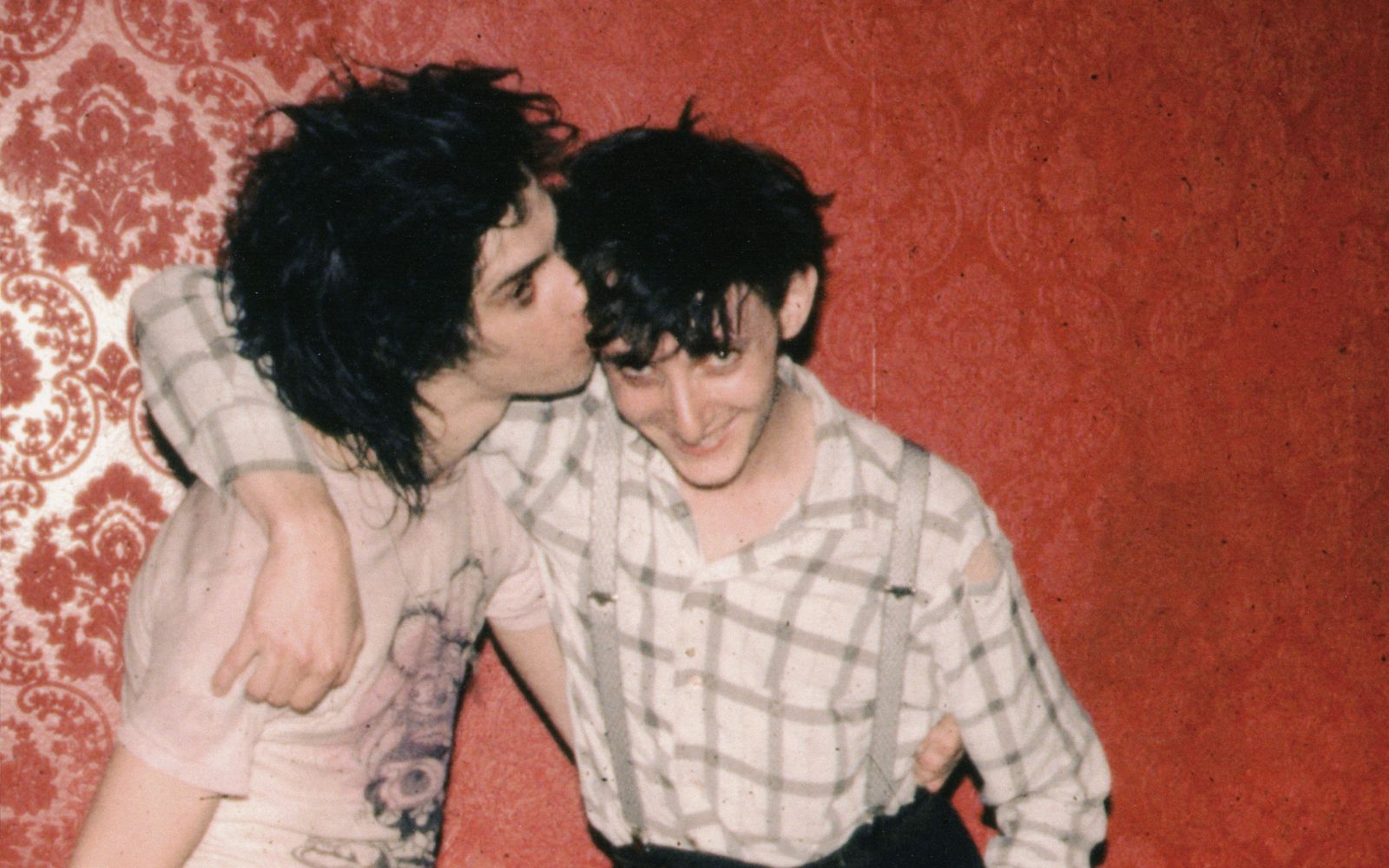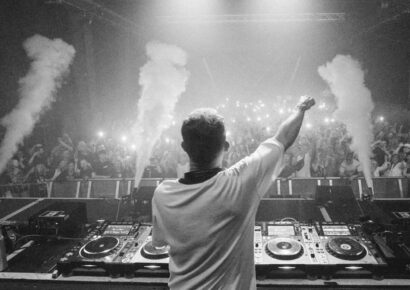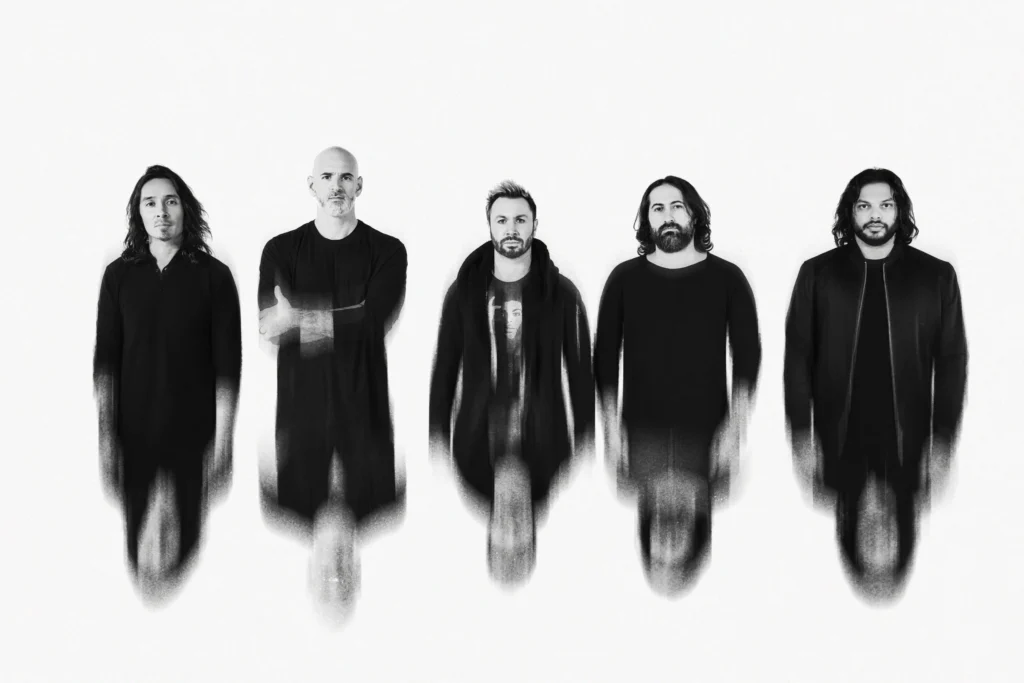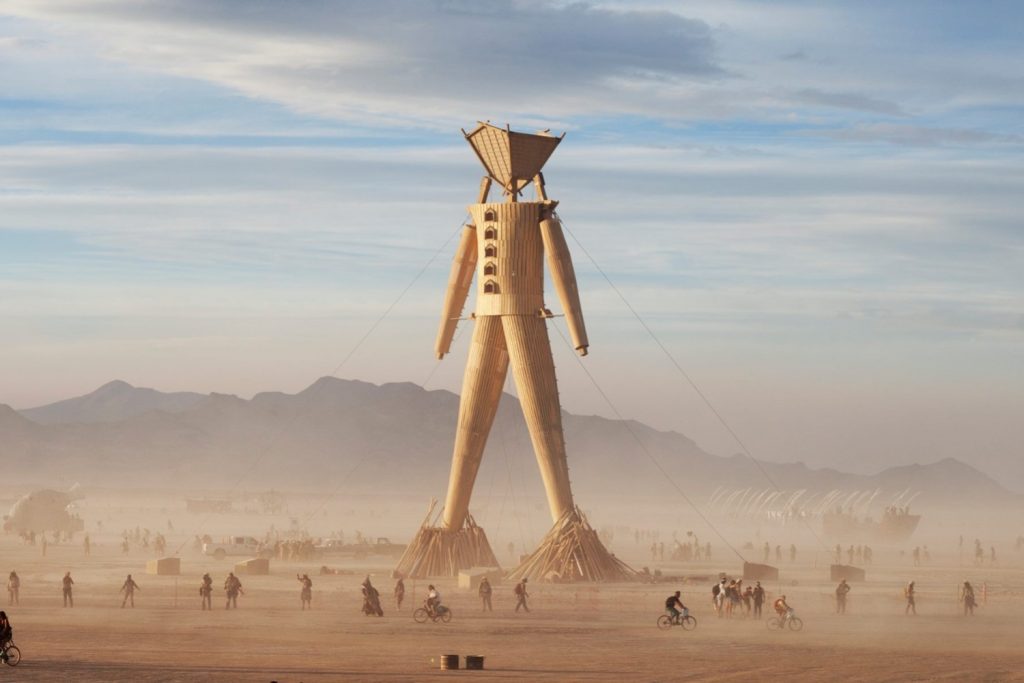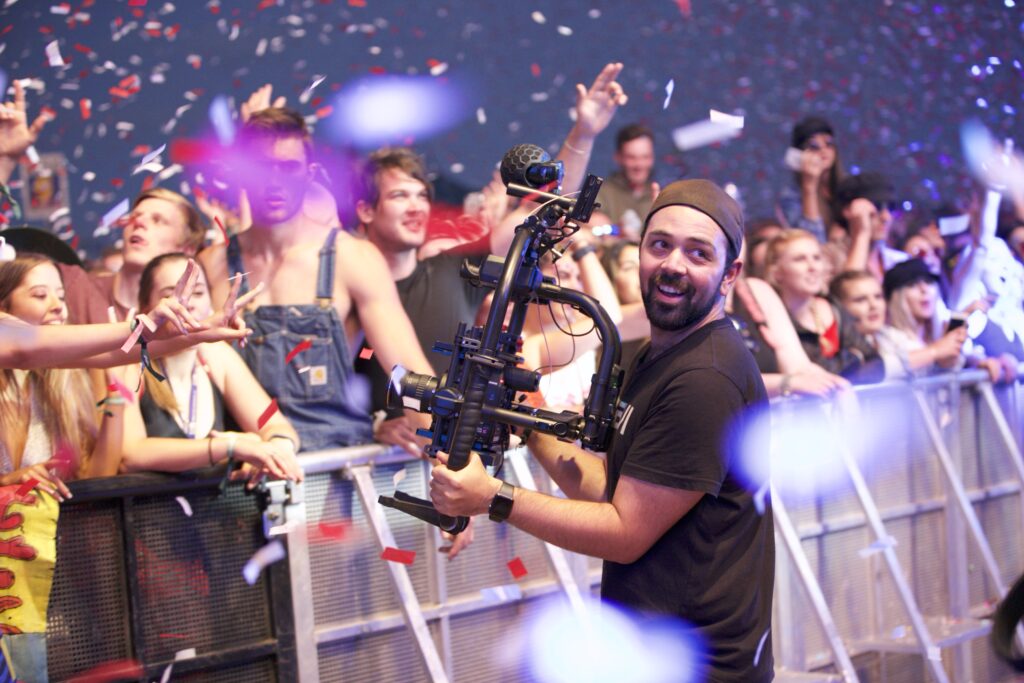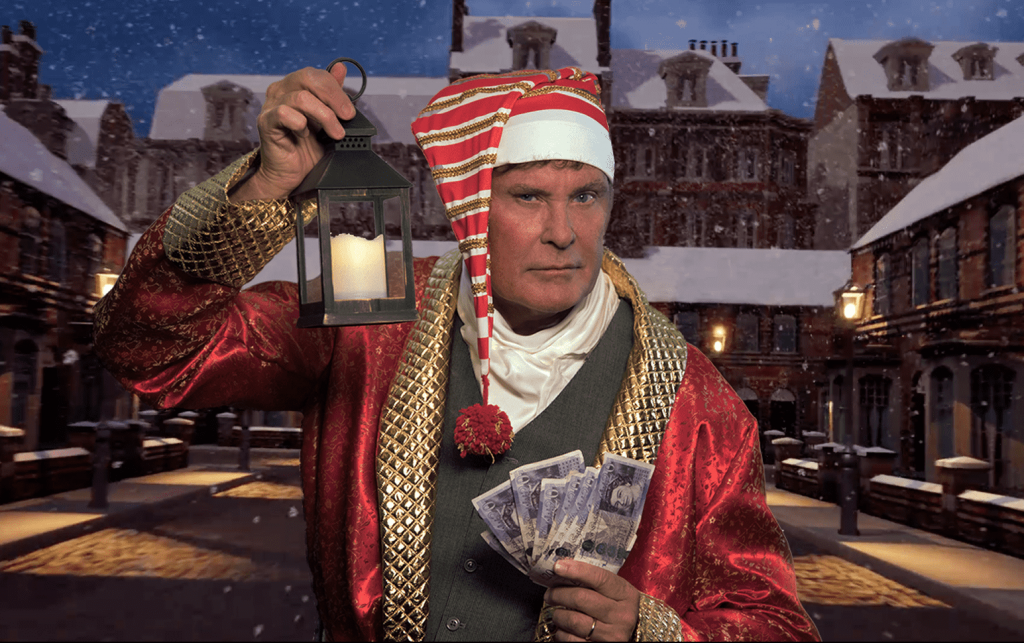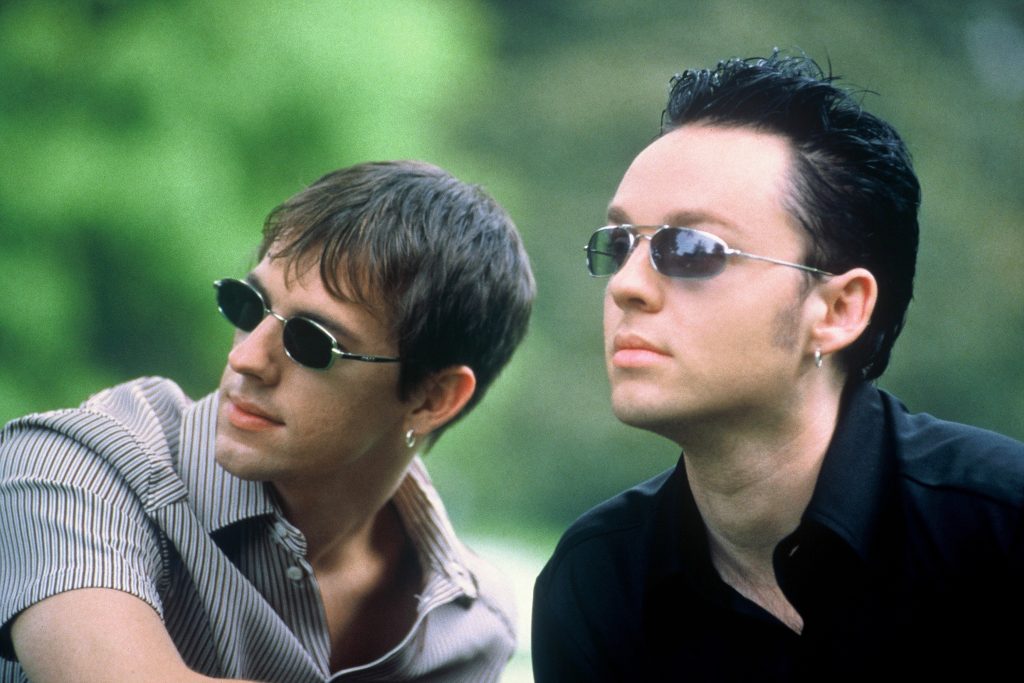"At the Espy, as an underage punter, you could nick in through the side and see shows very easily."
Simon Myers, co-venue manager of Memo Music Hall, is back with us for part five of our look at the history of live music in St Kilda. The 80s and 90s saw St Kilda hit its live music peak and even usher in the start of its eventual dip.
The Little Band Scene, which was relatively short-lived, had a lasting impact that would help catapult live music, especially of the punk variety, throughout the 80s. As we hit the 90s and into the naughties, punk’s DIY roots, zines and record labels would eventually be gentrified, thrust into the mainstream and (for better or worse) clean up St Kilda’s grit.
Keep up with the latest music news, features, festivals, interviews and reviews here.
Take a band and make it smaller
The appropriately named Little Band Scene began as experimental post-punk bands formed other bands with members from alternate groups, and all of these people went and watched each other play. For example, Primitive Calculators made a side band called The Leapfrogs (to act as their own opener). Every week a new act would form while another one broke up. Everything about it was very punk, as none of these bands were concerned with commercial success. The tight-knit community would put on chaotic shows where the line between audience and band was forever blurred and an anti-mainstream pop ethos was upheld.
This scene was always intended to be as short-lived as the bands within it, and as a result, ended in the early 80s. One of the little-known bands, The Jetsonnes, would eventually become Hunters and Collectors and another called Serious Young Insects would go on to form Boom Crash Opera. The legendary cult film Dogs In Space, starring Michael Hutchence, was also made to semi-document this influential blip in the Australian music timeline.
The Crystal Ballroom becomes punk’s HQ
As Meyers explains, St Kilda became a fitting home for punks due to its affordability, “it was cheap to rent and buy, so a lot of creators moved in, but then what happened is they set a scene – what I call the Fitzroyalty comes in – and things became too expensive towards the end of the 90s.”
During the 80s, The Crystal Ballroom (also called the Seaview Ballroom), was the place to be for lovers of DIY punk and rock. Run by Dolores San Miguel and Laurie Richards, acts such as The Birthday Party, Beasts of Bourbon, The Go-Betweens, and Hunters and Collectors cut their teeth down a spiral staircase from Fitzroy Street. If you were a band that no other venue would host, you got a gig at the Ballroom or Paradise Lounge in front of a packed-in, highly alternative audience.
The Crystal Ballroom would eventually close in 1987 after many complaints from the neighbours meant its liquor license wasn’t renewed, but its status as one of the most legendary Australian venues of all time was locked.
St Kilda births a star
It was during the beginning of our next period of focus that a rejected art student named Nick Cave began his trajectory towards worldwide iconic status. As a regular down Chapel Street in Prahran and Fitzroy Street in St Kilda, Cave regularly brought his band, The Boys Next Door/The Birthday Party, to the Crystal Ballroom up to their final show in 1983. Promoted around the region by fellow artist Jenny Watson, these bands were far from the refined and sophisticated Cave many know and love today. Instead, Cave was an Aussie Sid Vicious wannabe who flung himself around the stage, regularly serving as an unexpected ashtray for bandmate Roland S. Howard’s cigarettes.
After The Birthday Party’s breakup, most members, including Cave, went on to form Nick Cave and the Bad Seeds. This formation, largely due to the want of a new musical direction, led to a storied 17-album career, international fame, iconic legacy and a slew of awards that Cave famously despises.
The not-so-secret life of St Kilda
As we hit the 90s, the chaotic punk of the 80s was somewhat distilled down to a more acceptable form of rock music which would find its popularity in the mainstream. The Prince of Wales, Palace and the Espy became the home of grunge music, and Beat Magazine’s founder Rob Furst was running a dance club called Locomotion.
Dogs Bar became another live music staple in St Kilda’s bar culture and is one of the reasons why Victorian licensing laws changed to allow punters to order drinks without food. St Kilda remained a popular destination to see new and upcoming alternative acts, but this also led to a rise in population and prices.
“Creatively, things started to change toward the end of the 90s, there was still stuff going on, but it wasn’t as organic and free-flowing; it was more produced and organised. St Kilda started to lose its live music crown to the northside,” Meyers said.
As we head towards the naughties, St Kilda property prices rise, and the St Kilda Festival, which still runs yearly, becomes the largest free music festival in Australia. St Kilda is beamed into households across the country thanks to a TV show called The Secret Life of Us, which is filmed on Acland Street and the Esplanade, soundtracked by a host of local music, including Motor Ace’s Death Defy as its theme song.
In our next and final article about the history of live music in St Kilda, we’ll look at the current state of the suburb and the venues, old and new, that carry on its storied musical legacy.
To find out more information about the St Kilda Live Music Precinct, head to the website here.
This article was made in partnership with City of Port Phillip.
